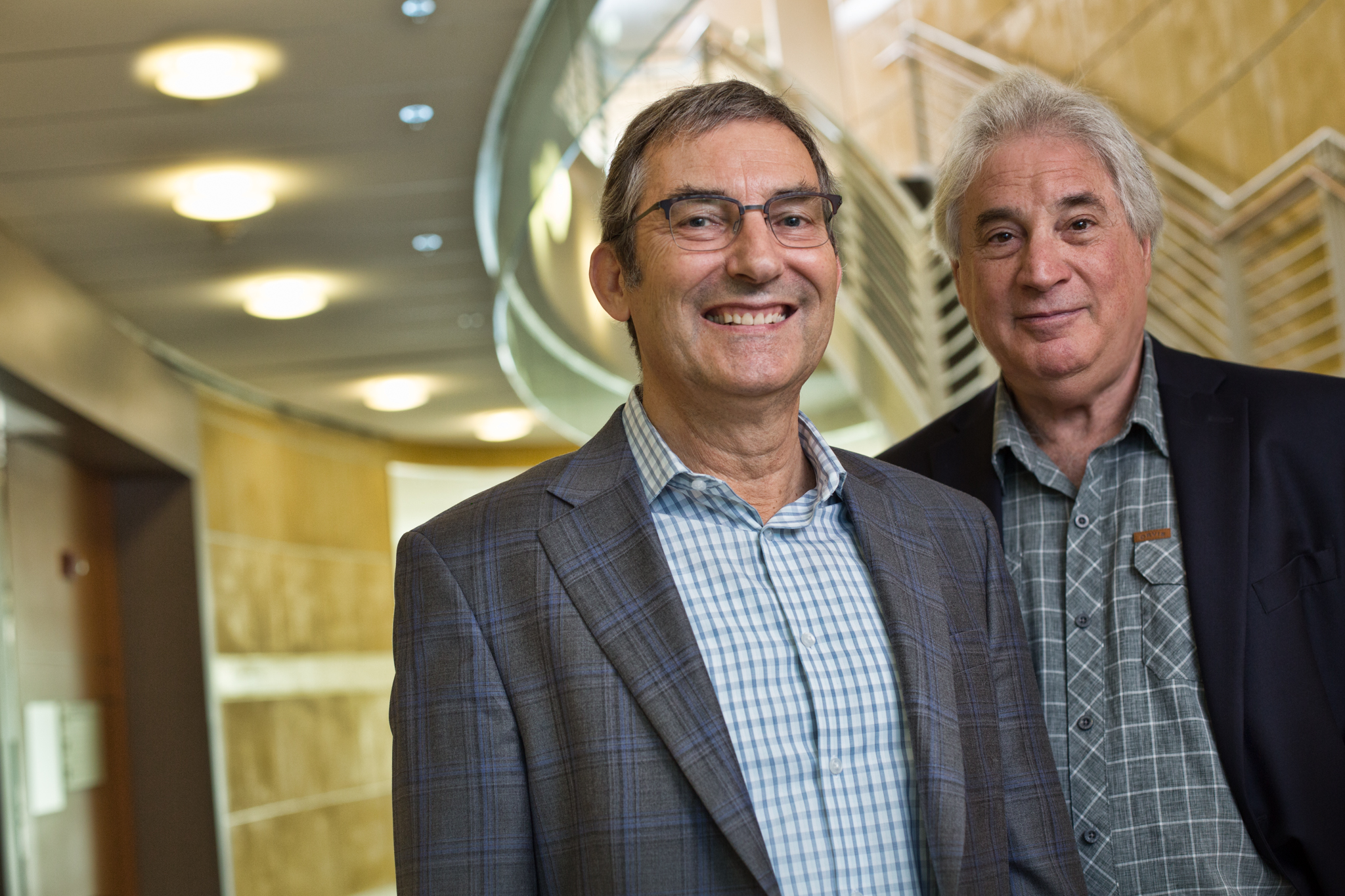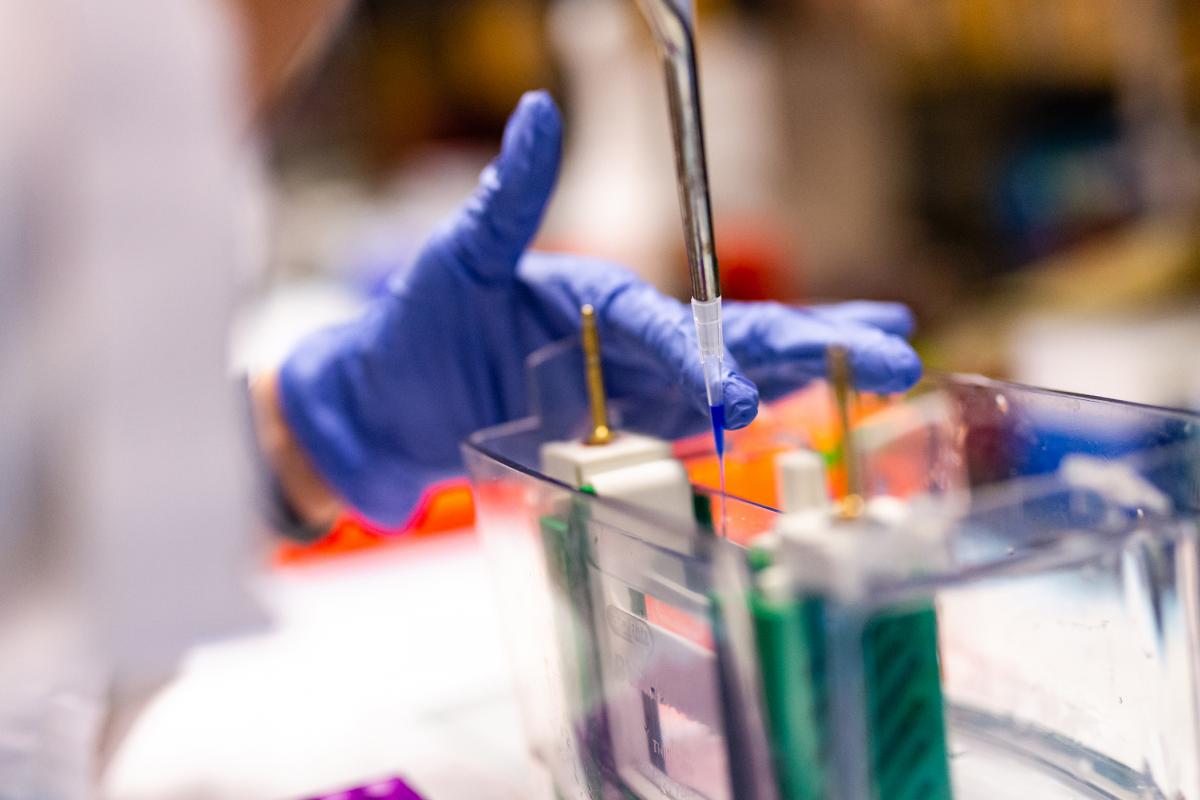Basic science research is the starting point for every new drug or therapy. The days, months, and years that investigators spend in the lab set the stage for generations of applied medicine to follow. At UVA, we celebrate the investigators whose work sparks the process of translating new information into solutions for patients.
For example, Lacripep™ is an effective treatment for dry eye—a condition that impacts 35% of women. But it was nearly three decades of investigation conducted by UVA researcher Gordon Laurie that enabled doctors to create the drug.
The knowledge unearthed by basic science researchers also tells an important story. It’s the story of how diseases form and why. In the case of UVA researchers Edward Egelman and Lukas Tamm, the subject they study is the cell, and the components that comprise the cell convey the story of the whole.
Basic Science Research

Recently inducted into the prestigious National Academy of Sciences, Egelman specializes in the use of high-power imaging to examine the protein structures that enable bacteria and viruses to thrive. His discovery of how bacteria conduct electricity is poised to revolutionize bioengineering, and could possibly lead to a wireless pacemaker.
Tamm studies the structure of the outer layer of the cell, and the mechanisms that allow disease to enter the cell. His work will aid in the future design of effective drugs to treat diseases like influenza, HIV, Ebola, and E. Coli.
Funding Opportunities:
- Professorships
- Seed funding for early research
- Fellowships for students
- State-of-the-art laboratory space
To start a conversation about supporting the future of basic science research, please call 1.800.297.0102.
UVA School of Medicine’s Edward H. Egelman has been elected to the National Academy of Sciences, one of the highest honors for a scientist.

